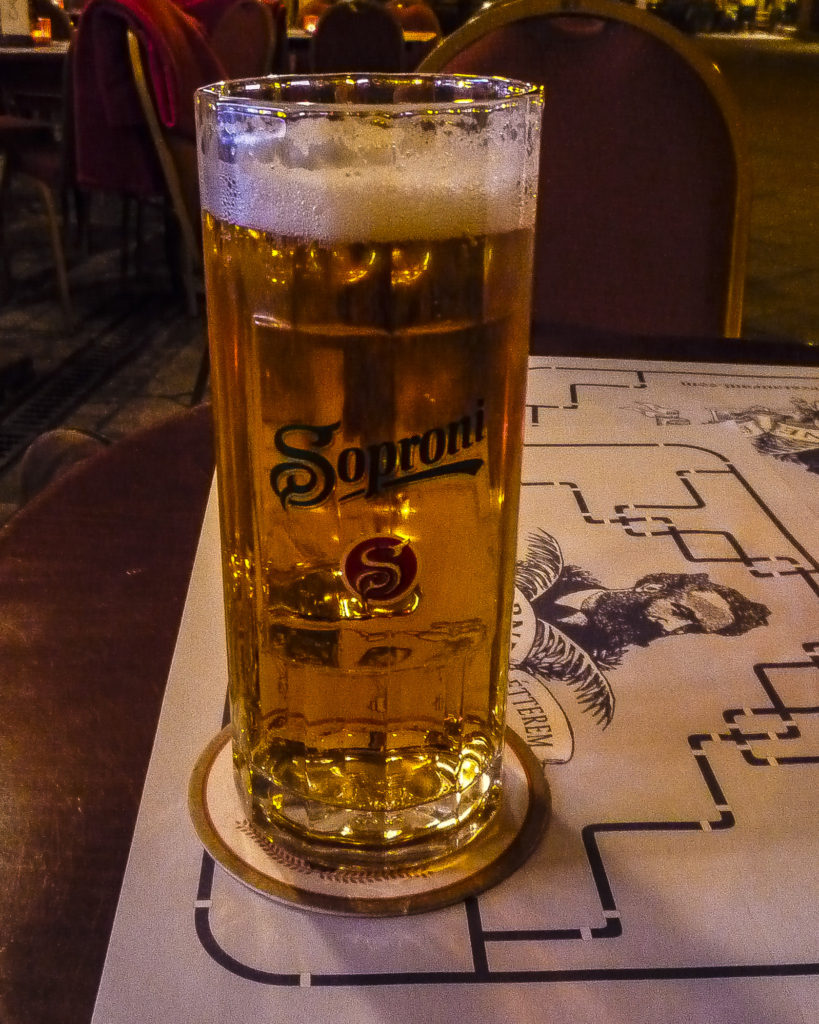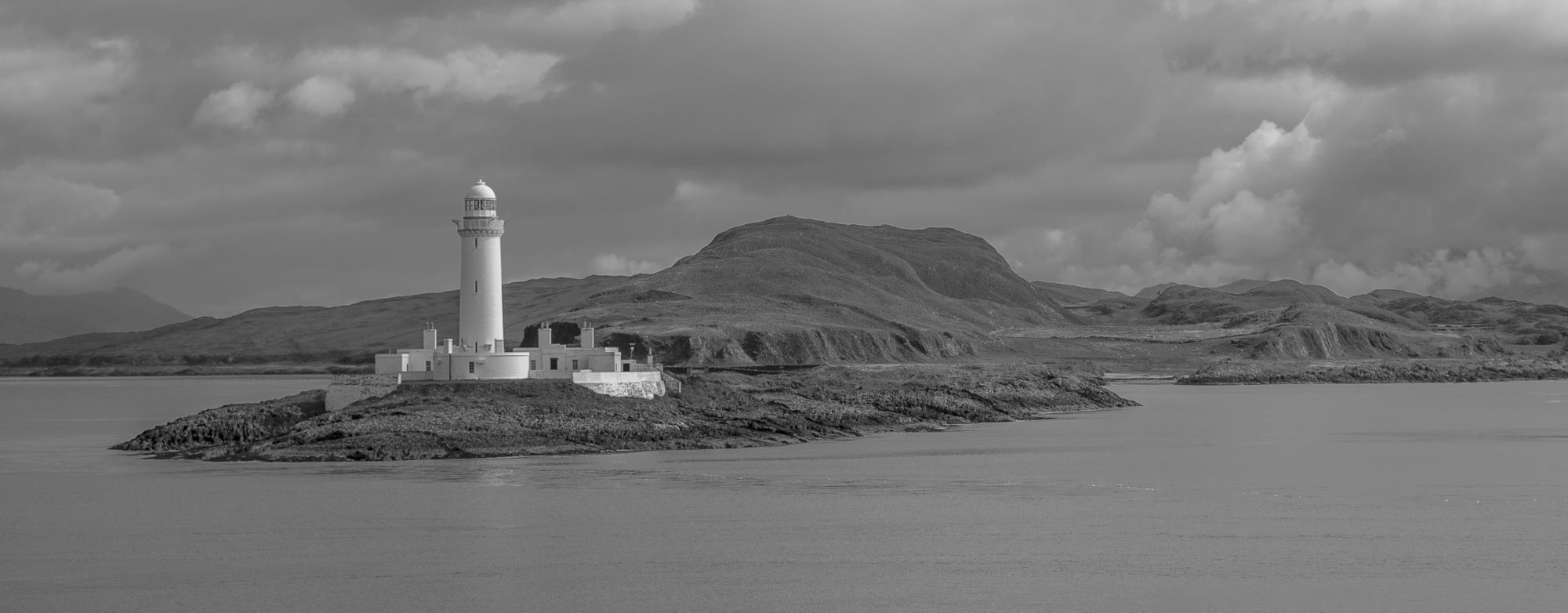My first trip to this region was during January 1990 – the dead of winter – on a ski trip to Innsbruck, Austria. The Berlin Wall had just fallen several months before. Some memorable photos – but all film based.
I returned to eastern Europe on April 4, 2009. However, now I was visiting not only Austria, but also some of the former Warsaw Pact countries – and in the warm spring, not the winter cold. Through April 15, I traveled to and stayed in 3 countries principally: Hungary, Austria and the Czech Republic. After leaving Prague, on the way back to Budapest to fly home, I made an afternoon stop in Bratislava, Slovakia. This was a solo trip, partially focused on photography, the remainder spent just seeing the sites and sampling some of the best food and beer I have ever had.

HISTORY OF THE REGION: From 1945, at the termination of World War II, until 1989, Hungary and Czechoslovakia were Soviet satellites, beholden to the USSR and conscripted members of the Warsaw Pact military alliance. Then, the Velvet Revolution occurred, and both countries took on new, more capitalist identities as the 1990’s dawned and the communists were ousted.
Hungary has a history in many European conflicts: during the 20th century, Hungary aligned with Germany as a member of the Austro-Hungarian empire (World War I) and the Axis powers (during WW II). She was subsequently dominated by the Soviet Union after WW II. In 1956, an internal revolt against communism occurred, resulting in an invasion by the Soviet Army, which crushed the rebellion.
As communism’s grip on Europe weakened circa 1989-1991, Hungary became a democratic republic. Modern Hungary was established on 23 October 1989. The Soviet Army did not fully withdraw until 1991. Although Hungary had a turbulent 20th century, being on the losing end of several wars and an occupation, she has recovered nicely.
Czechoslovakia was also caught up in World War II, with the Sudetenland being annexed in 1938 by the Nazis, and the remaining territory being captured the following year. After the war, Czechoslovakia became a Soviet satellite. Czechoslovakia’s official name at that time was the Czech Socialist Republic – which became simply the Czech Republic as the socialists had largely moved on by 1990. In 1993, the country split into 2 countries, the Czech and Slovak Republics, its present geographic and political configuration. Prague and Bratislava are their principal cities, respectively. Slovakia is the short name for the Slovak Republic.
